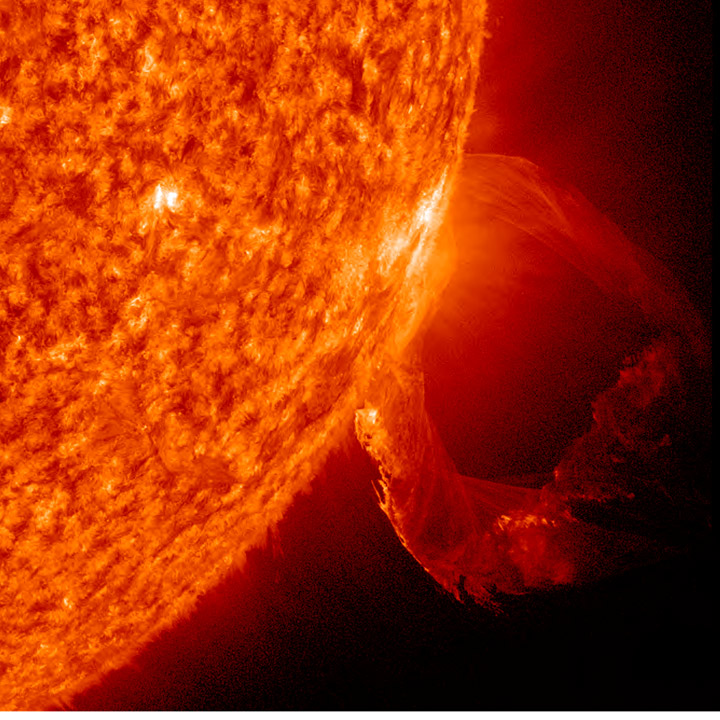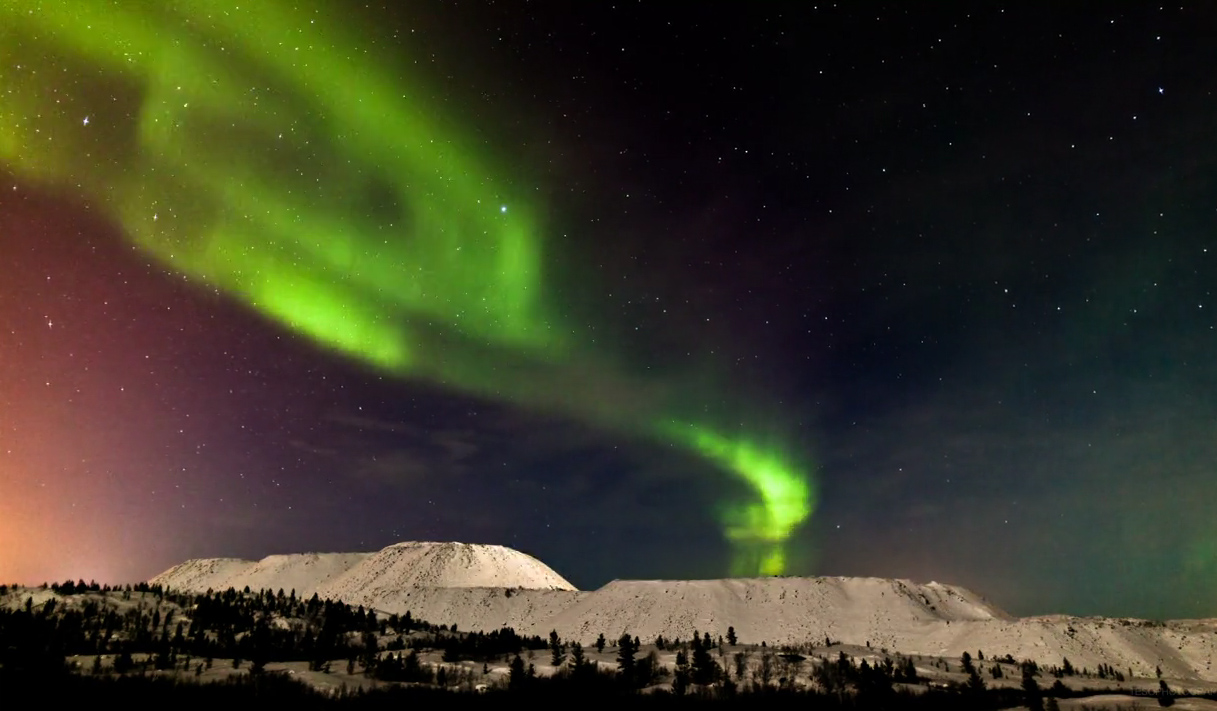Sun's Storm Season Finally Heating Up

After three years in a deep solar sleep of historic proportions, the sun is finally starting to wake up.
Sunspots — cooler regions fraught with intense magnetic fields — now regularly dot the surface of the sun, and the star has unleashed several powerful flares in recent months, including a Feb. 14 blast that was the most powerful outburst in more than four years. All signs suggest that the sun has shaken itself out of its slumber, researchers say.
"Finally, we are beginning to see some action," said Richard Fisher, head of the Heliophysics Division at NASA headquarters in Washington, in a statement. [Amazing Sun Photos from Space]
The (solar) wait is over
In 2008, the sun plunged into its least active state in nearly a century. Sunspots all but vanished, solar flares subsided and the star was eerily quiet.
Quiet spells on the sun are nothing new. They come along every 11 years or so, as part of the sun's natural activity cycle. But this latest solar minimum lasted longer than usual, prompting some researchers to wonder if it would ever end.
"It's been three long years," Fisher said.
Get the Space.com Newsletter
Breaking space news, the latest updates on rocket launches, skywatching events and more!
That wait appears to be over.
This year has started off with a bang, as sunspots are crackling with activity. Earth-orbiting satellites have detected two so-called X-class solar flares — the most powerful type — with one erupting on Valentine's Day, while the other occurred on March 9, researchers said. [Video: The Sun Woke Up on Valentine's Day]

Another event on March 7 hurled a billion-ton cloud of charged particles away from the sun at 5 million mph (8 million kph). This blast, known as a coronal mass ejection, wasn't aimed directly at Earth, but it did deliver a glancing blow to our planet's magnetic field.
The off-center impact on March 10 supercharged the aurora borealis — also known as the northern lights — creating magnificent displays as far south as Wisconsin, Minnesota and Michigan. [The Spectacular Aurora of March 2011]
"That was the fastest coronal mass ejection in almost six years," said Angelos Vourlidas of the Naval Research Lab in Washington, D.C. "It reminds me of a similar series of events back in Nov. 1997 that kicked off Solar Cycle 23, the solar cycle before this one. To me, this marks the beginning of Solar Cycle 24."
A historically deep sleep
The slow build-up to this moment is more than just "the watched pot failing to boil," said Ron Turner, a space weather analyst at Analytic Services, Inc. "It really has been historically slow."
There have been 24 numbered solar cycles since researchers started keeping track of them in the mid-18th century. In an article to appear in the Space Weather Journal, Turner counted up sunspots and determined that only four solar cycles in recorded history have ever started more slowly than this one.
"Three of them were in the Dalton Minimum, a period of depressed solar activity in the early 19th century. The fourth was Cycle number 1 itself, around 1755, also a relatively low solar cycle," Turner said.
Experts predict solar activity will peak around 2013.
So Earth could soon be seeing yet more powerful solar storms, which could mean more stunning auroras as well as some less desirable side effects — the blasts can disrupt satellites and power grids, as well as pose a danger to astronauts on spacecraft.
Follow SPACE.com for the latest in space science and exploration news on Twitter @Spacedotcom and on Facebook.
Join our Space Forums to keep talking space on the latest missions, night sky and more! And if you have a news tip, correction or comment, let us know at: community@space.com.

Space.com is the premier source of space exploration, innovation and astronomy news, chronicling (and celebrating) humanity's ongoing expansion across the final frontier. Originally founded in 1999, Space.com is, and always has been, the passion of writers and editors who are space fans and also trained journalists. Our current news team consists of Editor-in-Chief Tariq Malik; Editor Hanneke Weitering, Senior Space Writer Mike Wall; Senior Writer Meghan Bartels; Senior Writer Chelsea Gohd, Senior Writer Tereza Pultarova and Staff Writer Alexander Cox, focusing on e-commerce. Senior Producer Steve Spaleta oversees our space videos, with Diana Whitcroft as our Social Media Editor.









